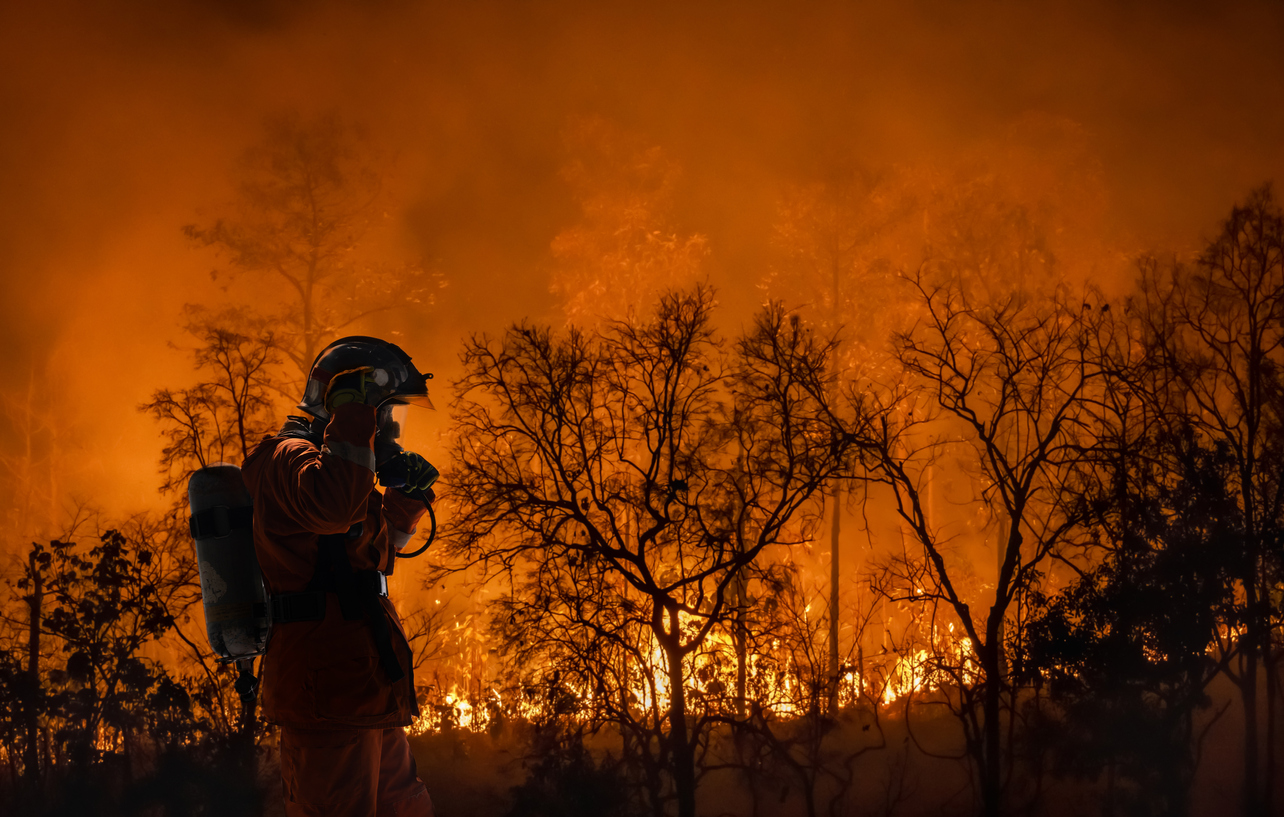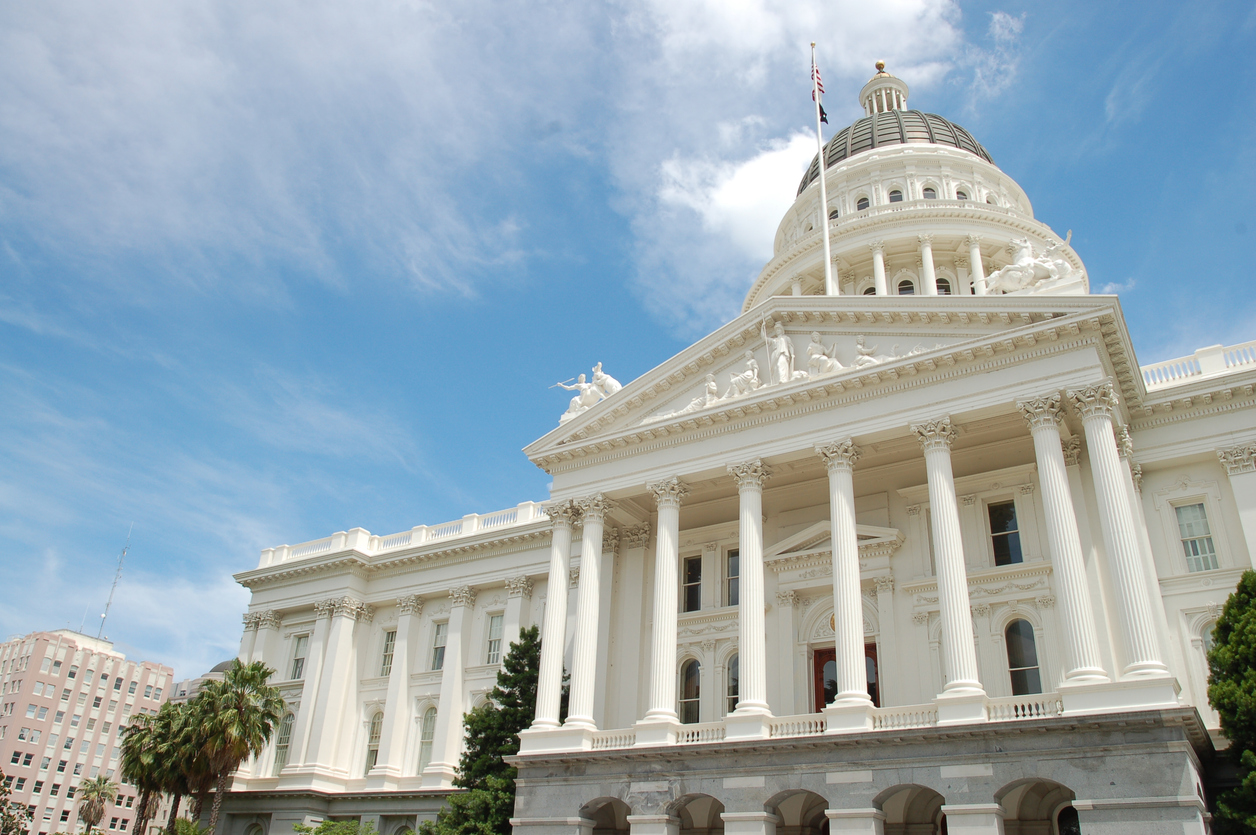Say your prayers. California’s new plan to ease the insurance crisis is going to need them.
Author: Chronicle Editorial Board, Opinion Staff
Original article here.
After two relatively calm summers, California is experiencing its most severe start to a fire season in 16 years.
The Park Fire near Chico, allegedly started by a man who pushed a burning car into dry brush, has quickly blazed its way to becoming the fourth-largest in state history. The conflagration is raging near areas recently devastated by fires, including 2021’s Dixie Fire — the second-largest in state history — and the 2018 Camp Fire, which decimated the town of Paradise and killed 85 people.
The Park Fire has destroyed more than 540 structures and damaged 50 more as of Friday, according to preliminary state data. Several families that lost homes in the Camp Fire have reportedly lost their new homes in the Park Fire.
Conditions are bound to get worse; we haven’t even hit peak fire season yet.
The intense threat underscores the extreme challenge of stabilizing California’s fragile home insurance market — which has been roiled by an exodus of insurers, dwindling availability and soaring prices — before another Paradise-like disaster hits.
Yet a new proposal that aims to do that — announced last week by Insurance Commissioner Ricardo Lara and the state’s privately run insurer of last resort, the Fair Access to Insurance Requirements Plan — runs the risk of doing the exact opposite.
That’s because there could be a huge increase in the liability of the FAIR Plan, which is already a ticking time bomb. Its implosion could have disastrous effects on the insurance industry and for ratepayers struggling to afford sky-high premiums.
As traditional insurers have limited their presence in California or pulled out of the state, the FAIR Plan — which offers basic fire insurance to homes and companies that can’t get it anywhere else — has gone from being a temporary safety net to many residents’ only viable insurance option.
As its growth has exploded — from September 2019 to June 2024, the number of residential policies covered by the FAIR Plan soared from about 155,000 to nearly 409,000 — so has its liability. The plan had an exposure of $393 billion as of June, up from about $113 billion in September 2019, according to the insurer’s data.
But, as of June 30, the FAIR Plan had only about $385 million in surplus available to pay claims, President Victoria Roach told the editorial board in an exclusive interview.
That’s nowhere near enough to cover a Paradise-like disaster. Insurance companies collectively paid out about $12 billion in wildfire-related claims in both 2017 and 2018, two of California’s worst wildfire years on record, a Department of Insurance analysis found.
This enormous liability is a key reason why insurance companies have been limiting their coverage in California: Private insurers are on the hook for any claims the FAIR Plan can’t pay in proportion to their share of their market.
“Depopulating” the FAIR Plan, getting customers off its rolls to reduce its liability, is central to bringing insurers back into California. But the state is stuck in an impossible situation: Many people who need insurance now can’t get it — and, apart from often prohibitively expensive policies offered by the unregulated surplus lines market, the FAIR Plan is their only choice.
So, the FAIR Plan has kept growing.
Now, instead of depopulation, a new proposed stipulation between the Department of Insurance and the FAIR Plan represents what could be the program’s most dramatic expansion yet. For a temporary period of three years, it would quintuple the coverage limit for commercial properties — including condos, apartments and affordable housing developments — from $20 million per property to $20 million per building, with a cap of $100 million per property.
This could result in California’s existing 5 million multifamily housing units seeking coverage under the FAIR Plan, though the total will depend on the rate and coverage terms the insurer comes up with, said Dan Dunmoyer, president and CEO of the California Building Industry Association, which has long lobbied for the expanded coverage. He estimated that about $30 billion to $45 billion in new multifamily developments could also be added to the FAIR Plan over three years.
These figures will likely be news to FAIR Plan officials. Roach told us that there have been “anecdotal discussions” about “the need in the market, but we do not currently have any numbers or geographic areas to tell us where and how many of those risks we may be receiving.”
Adding even a portion of that many properties to an already overburdened FAIR Plan seems like a recipe for disaster — especially because the stipulation doesn’t set any geographical coverage limits. This means California’s insurance plan of last resort could potentially enable construction in extremely high-risk areas or places with limited evacuation routes, further worsening our insurance issues down the line.
“We’re gambling,” said Rex Frazier, president of the Personal Insurance Federation of California, an insurance industry group.
Yet it’s not clear that California can afford the alternative, either.
As Dunmoyer pointed out, failing to expand coverage could make it harder to preserve and build dense multifamily housing across the state, including the Bay Area. He also noted that master-plan communities built with the latest science and technology are safer and easier to defend from fires than single-family homes, for which the FAIR Plan already offers coverage of up to $3 million.
But we shouldn’t have to choose between our housing and climate goals and a stable insurance market. Perhaps if local governments didn’t insist on making it so difficult to build infill housing in comparatively safe places like San Francisco, we wouldn’t be in this situation.
The proposed stipulation — which also clarifies that insurers can’t pass 100% of their costs on to ratepayers if the FAIR Plan runs out of money — is just one part of Lara’s larger strategy to modernize the state’s insurance market, which he said should be fully implemented by the end of the year.
When we asked Lara how he would know whether his reforms were working, he said, “The first signal we’re going to be watching for is the FAIR Plan depopulating.”
But, at least in the short term, the FAIR Plan is bound to keep growing.
In the apparent absence of better options, we’re left to pray that another catastrophic event doesn’t hit before Lara’s reforms kick in and, hopefully, the market starts to stabilize.



